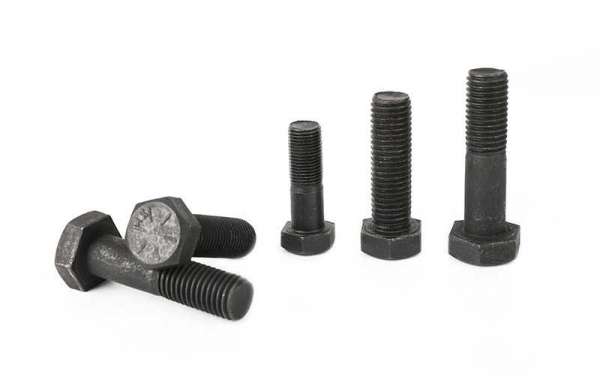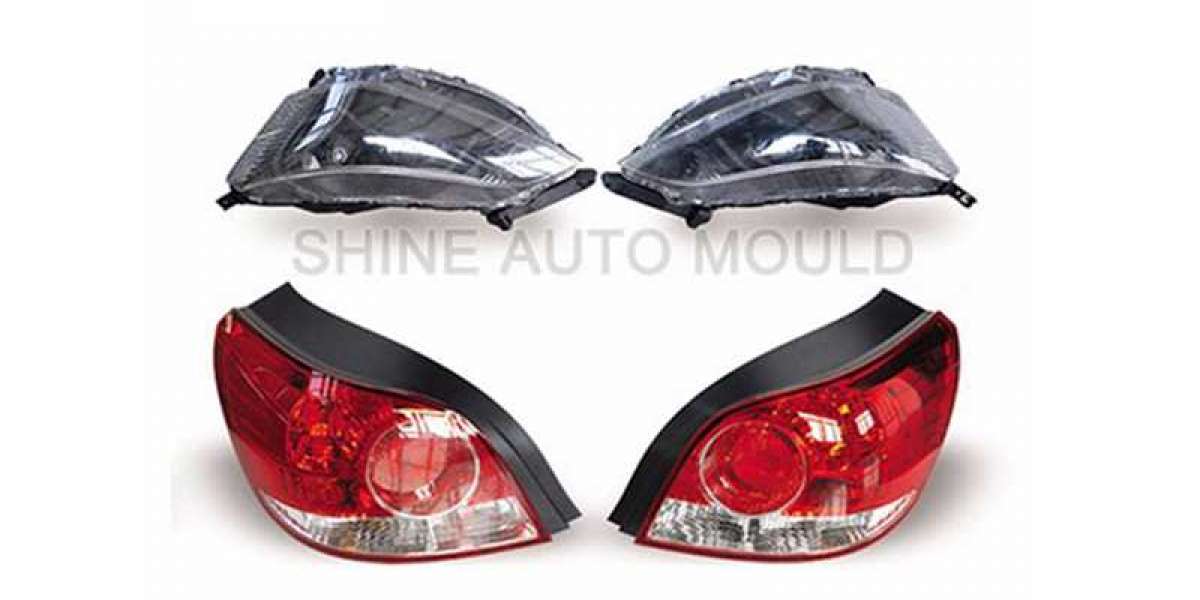Effect of electroplating: The quality of electroplating is mainly measured by its corrosion resistance, followed by appearance. The corrosion resistance is to imitate the working environment of the product, set it to the test conditions, and perform a corrosion test on it. The quality of electroplated products is controlled from the following aspects:
- Appearance:
The surface of the product is not allowed to have local non-plating, scorching, rough, dark, peeling, crusting and obvious streaks, and no pinhole pitting, black plating residue, loose passivation film, cracking, peeling and serious Traces of passivation. - Coating thickness:
The operating life of a Roofing Bolts in a corrosive atmosphere is directly proportional to its coating thickness. Generally recommended economic plating thickness is 0.00015in ~ 0.0005in (4 ~ 12um).
Hot-dip galvanized: The standard average thickness is 54um (the nominal diameter is ≤3 / 8 is 43um), and the minimum thickness is 43um (the nominal diameter is ≤3 / 8 is 37um). - Coating distribution:
With different deposition methods, the plating on the surface of the round head bolts is different. During plating, the plating metal is not uniformly deposited on the peripheral edge, and a thicker plating is obtained at the corners. In the threaded part of the round head bolt, the thickest coating is located at the top of the thread, and gradually becomes thinner along the side of the thread, and the thinnest deposit is at the bottom of the tooth. Hot-dip galvanized is just the opposite. At the bottom of the thread, the metal deposition tendency of the mechanical plating is the same as that of the hot dip plating, but it is smoother and the thickness is much more uniform over the entire surface. - Hydrogen embrittlement:
During the processing and processing of round head bolts, especially in the acid and alkali washing before plating and the subsequent plating process, the surface absorbs hydrogen atoms, and the deposited metal coating then captures hydrogen. When the round-head bolt is tightened, hydrogen turns enough toward the most concentrated part of the stress, causing the pressure to increase beyond the strength of the base metal and causing minor surface cracking. Hydrogen was particularly active and soon penetrated into the newly formed fissures. This pressure-rupture-infiltration cycle continues until the round head bolt breaks. This usually occurs within a few hours of the first stress application.
To eliminate the threat of hydrogen embrittlement, Round Head Bolt should be baked as quickly as possible after plating to allow hydrogen to ooze out of the coating. Baking is usually performed at 375-4000F (176-190 ° C) for 3-24 hours.
Since mechanical galvanization is non-electrolyte, this virtually eliminates the threat of hydrogen embrittlement.



